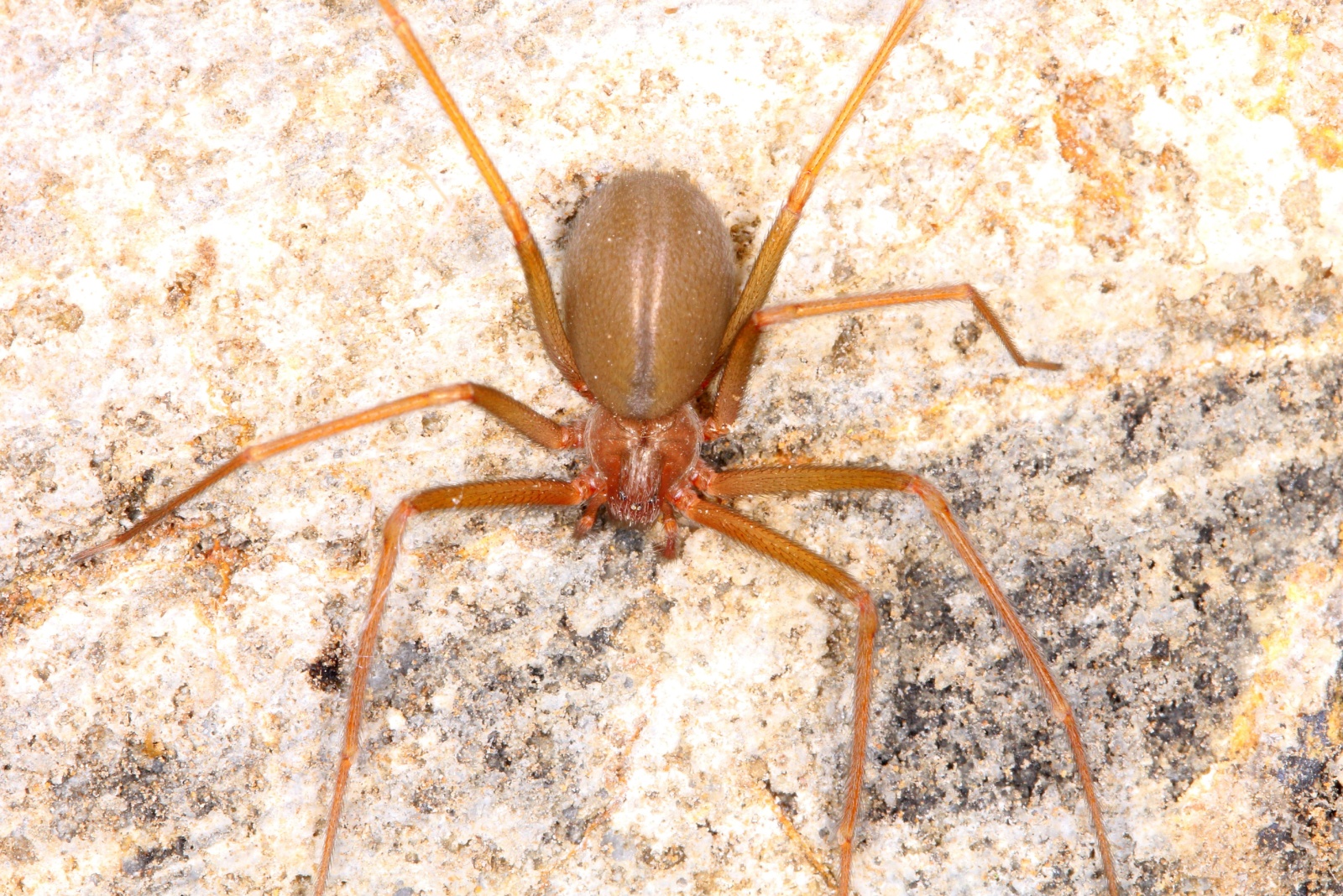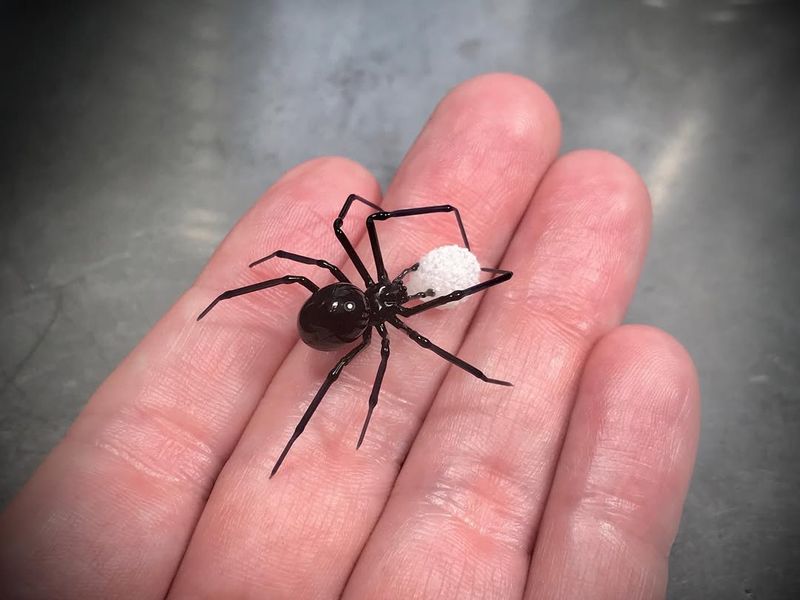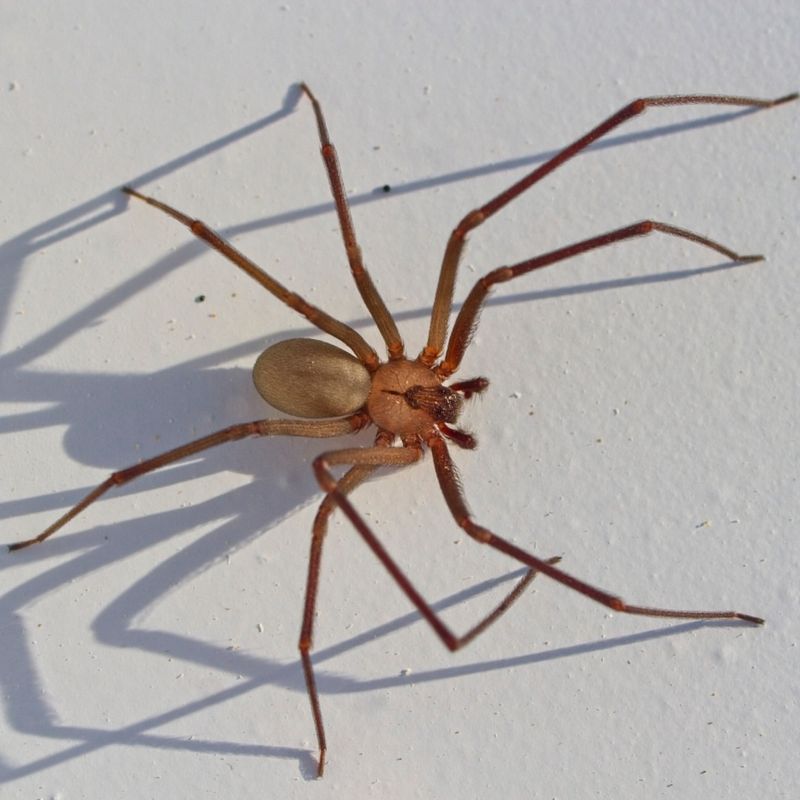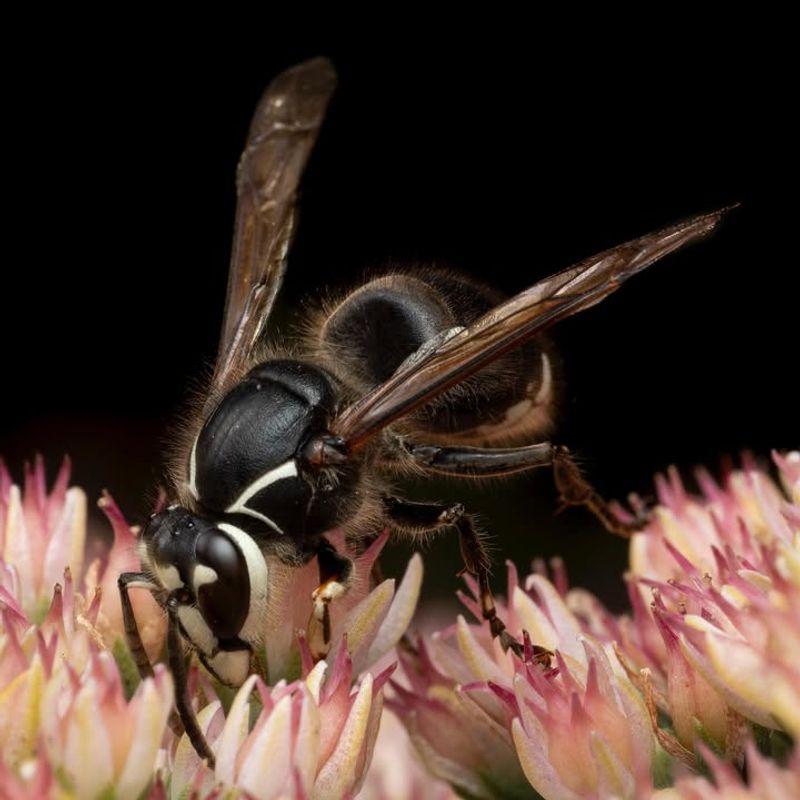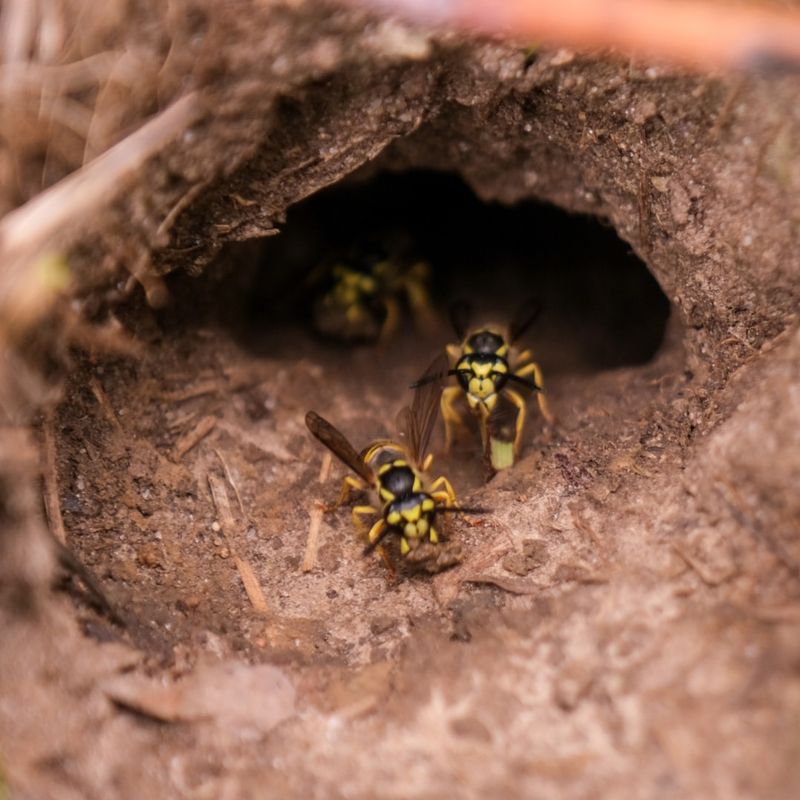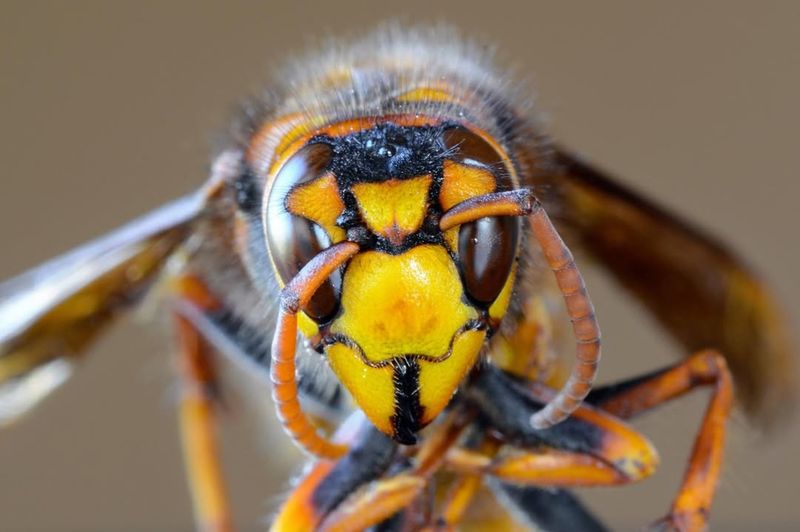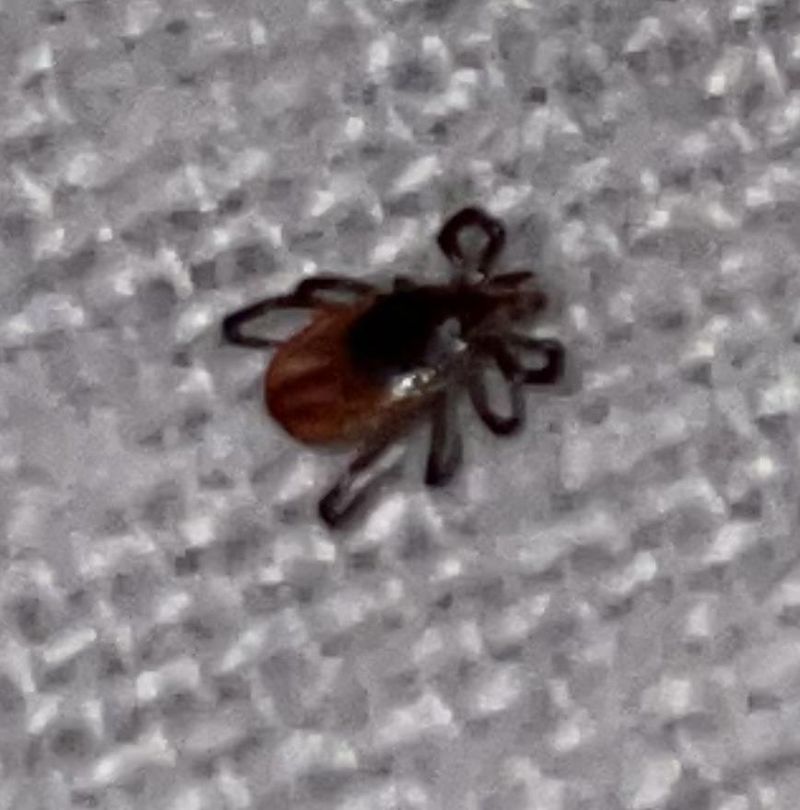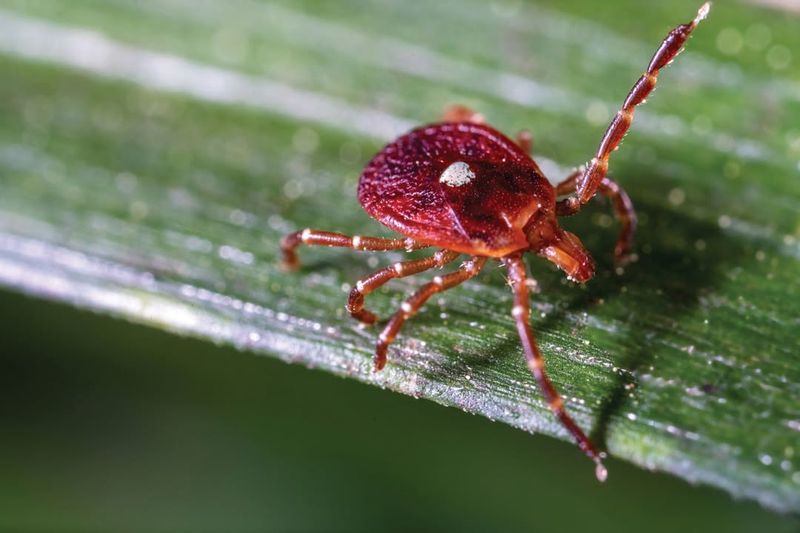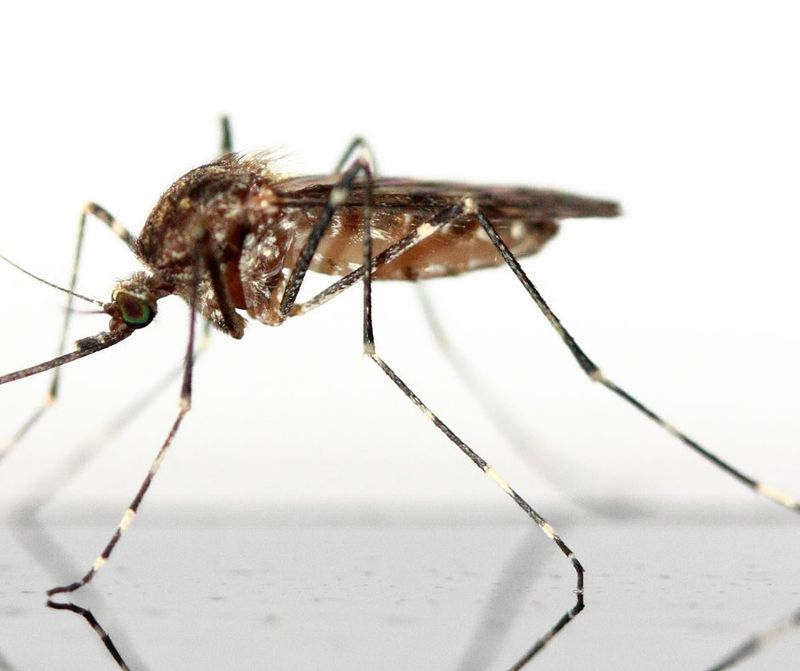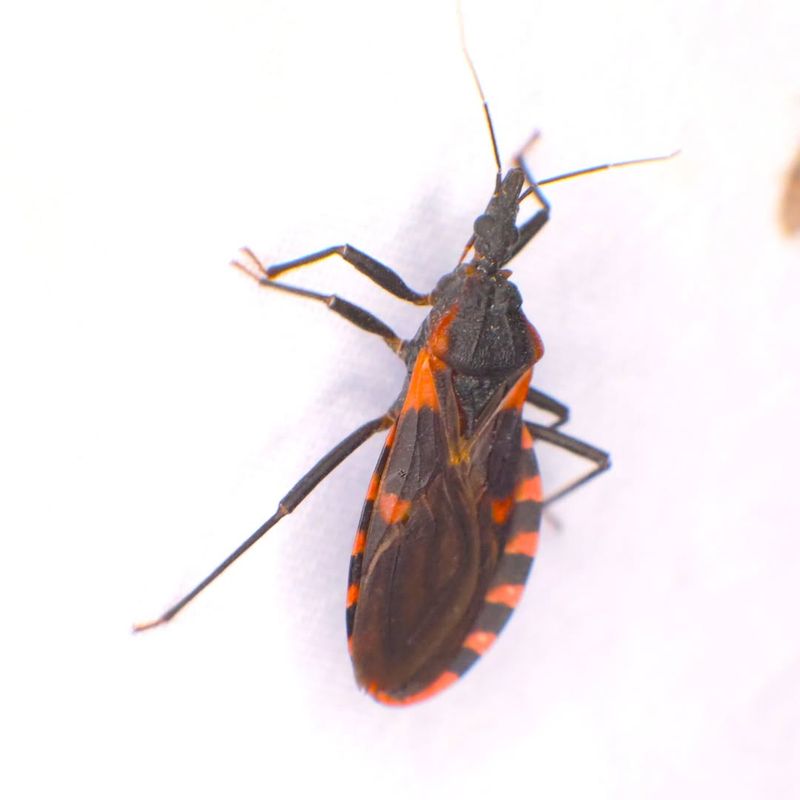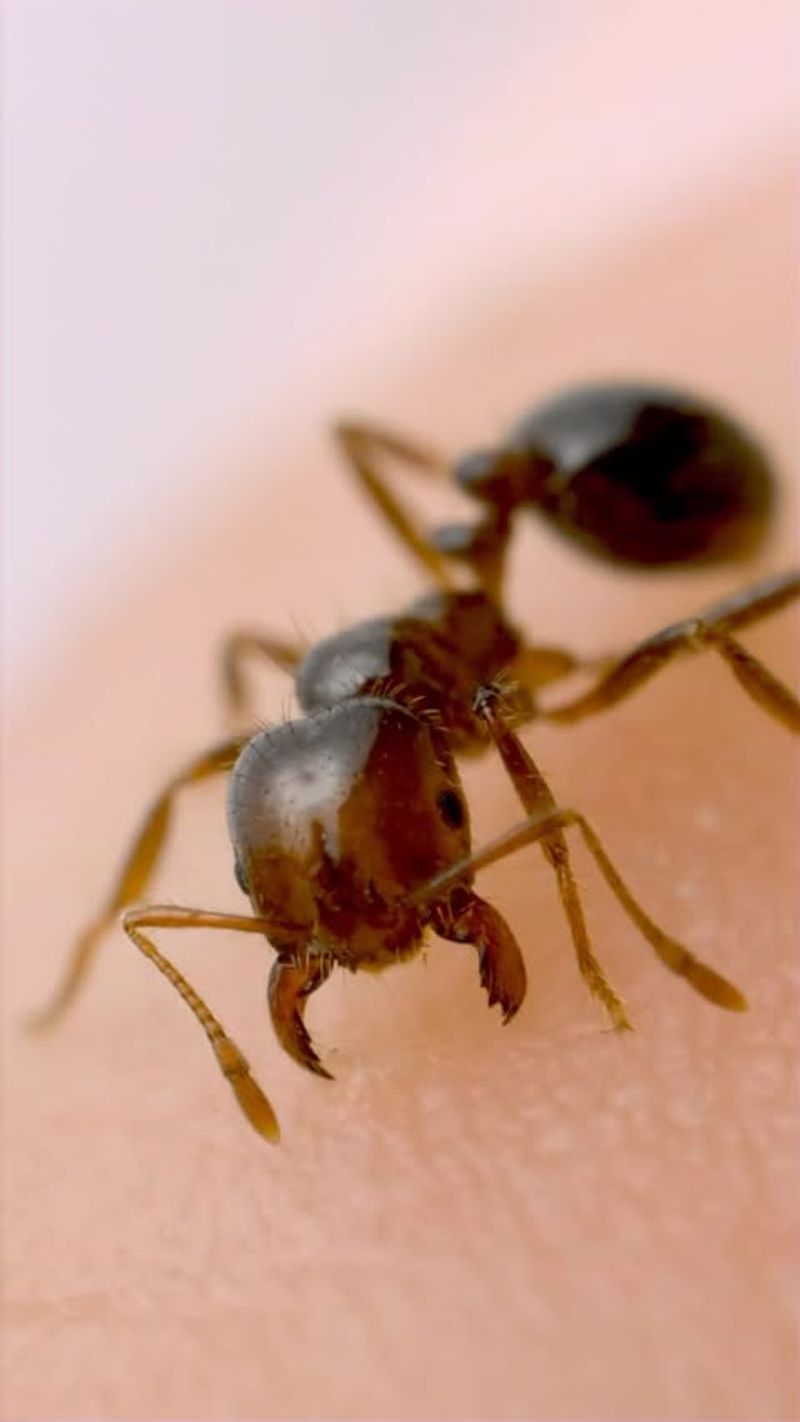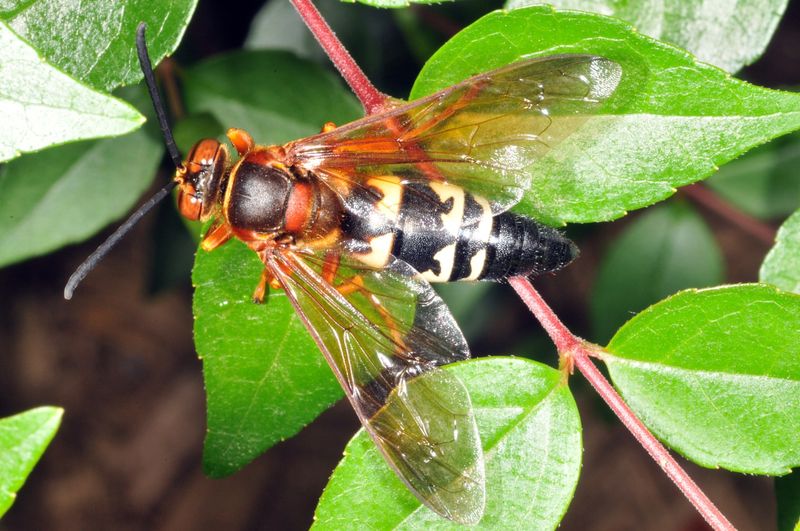Living in Ohio means sharing your space with some creepy crawlies that aren’t just annoying but can actually be dangerous. Some insects carry diseases, deliver painful stings, or cause serious damage to your home and health.
Knowing which bugs to watch out for and eliminate quickly can protect your family, pets, and property from harm.
1. Black Widow Spider
With a shiny black body and that unmistakable red hourglass shape underneath, the black widow is one spider you definitely don’t want hanging around your garage or basement. Their venom packs a serious punch and can cause muscle cramps, nausea, and breathing problems.
Female black widows are the dangerous ones, and they love dark, undisturbed spaces like woodpiles and storage boxes. If you spot one, don’t try to handle it yourself—call pest control immediately for safe removal.
2. Brown Recluse Spider
Brown recluse spiders earned their name because they’re shy and prefer hiding in quiet corners, but their bite can cause serious tissue damage. Look for the violin-shaped marking on their back as your warning sign.
Their venom destroys skin cells, creating painful wounds that take weeks or months to heal completely. Basements, closets, and attics are their favorite hideouts in Ohio homes. Shake out shoes and clothes before wearing them, and use sticky traps to catch these sneaky spiders.
3. Bald-Faced Hornet
Despite their name, bald-faced hornets are actually aggressive wasps with white markings on their face that make them easy to identify. They build massive gray paper nests in trees and under roof eaves. A single hornet can sting multiple times, and they’ll swarm if they feel their nest is threatened.
Their venom causes intense pain, swelling, and can trigger dangerous allergic reactions in sensitive people. Never attempt to remove their nests yourself—professional exterminators have the right equipment and protective gear for this risky job.
4. Yellow Jacket Wasp
Yellow jackets are the aggressive party crashers of summer picnics and outdoor gatherings throughout Ohio. Their bright yellow and black stripes serve as nature’s warning label for good reason.
Unlike bees, these wasps can sting repeatedly without dying, and they become extra aggressive when protecting their underground nests. They’re attracted to sweet, so keep garbage cans sealed tight. Their stings are extremely painful and can cause severe allergic reactions in some people, requiring immediate medical attention.
5. Asian Giant Hornet
Nicknamed murder hornets for their deadly impact on honeybee populations, Asian giant hornets are the largest hornets in the world and have recently appeared in North America. Their massive size—up to two inches long—makes them terrifying to encounter.
Their stings deliver powerful venom that can damage tissue and organs, especially if you’re stung multiple times. While still rare in Ohio, sightings should be reported to agricultural authorities immediately. Keep windows and doors screened, and never approach their nests without professional help.
6. Deer Tick
Smaller than a sesame seed, deer ticks are tiny but incredibly dangerous because they spread Lyme disease throughout Ohio’s wooded areas and tall grass. You might not even feel one crawling on you.
Lyme disease causes fever, fatigue, joint pain, and a distinctive bullseye rash if left untreated. After hiking or spending time outdoors, always check your entire body for ticks. Remove them quickly with tweezers by grabbing close to the skin and pulling straight up without twisting or crushing them.
7. Lone Star Tick
Female lone star ticks sport a distinctive white dot on their back that looks like a star, making them easier to identify than other tick species. But don’t let their pretty marking fool you—they’re aggressive biters.
Beyond spreading diseases like ehrlichiosis and tularemia, their bite can trigger a bizarre allergic reaction to red meat in some people. They’re expanding their range into Ohio, so vigilance is important. Wear long pants tucked into socks when hiking, and use insect repellent containing DEET for protection.
8. Mosquito Carrying West Nile Virus
Ohio’s warm, humid summers create perfect breeding conditions for mosquitoes that carry West Nile virus, a serious illness affecting the nervous system. Standing water in gutters, birdbaths, and old tires becomes their nursery.
Most people infected show no symptoms, but some develop fever, headaches, and body aches that can become severe or even fatal. Empty any containers holding water around your property weekly. Use mosquito repellent during dawn and dusk when they’re most active, and repair torn window screens to keep them outside.
9. Kissing Bug
Kissing bugs get their creepy name from biting people’s faces while they sleep, typically around the mouth and eyes. They’re emerging in Ohio and carry Chagas disease, a potentially life-threatening parasitic infection. Their cone-shaped heads and striped edges help distinguish them from similar insects.
Chagas disease can damage your heart and digestive system over time if untreated. Seal cracks in walls and foundations, and keep outdoor lights off at night since they’re attracted to brightness. If you find one, capture it carefully in a container for identification.
10. Fire Ant
Fire ants have been slowly marching northward into Ohio, and their arrival brings painful consequences for anyone who disturbs their large dirt mounds. They swarm aggressively when threatened, and each ant can sting multiple times.
Their venom causes intense burning sensations, white pustules, and severe allergic reactions in sensitive individuals. Children and pets are especially vulnerable since they might not recognize the danger. Pour boiling water on mounds or use specialized fire ant bait, but never stand directly on their nests or kick them.
11. Cicada Killer Wasp
Growing up to two inches long, cicada killer wasps are intimidating giants that dig burrows in lawns and gardens throughout Ohio. Despite their scary size, males can’t sting and females rarely do unless handled roughly.
However, their extensive tunneling damages grass roots and creates unsightly mounds of dirt across your yard. They hunt cicadas to feed their young, paralyzing them with venom before dragging them underground.
Keeping your lawn thick and well-watered discourages nesting. For serious infestations, apply insecticide dust directly into burrow openings during early morning hours.

